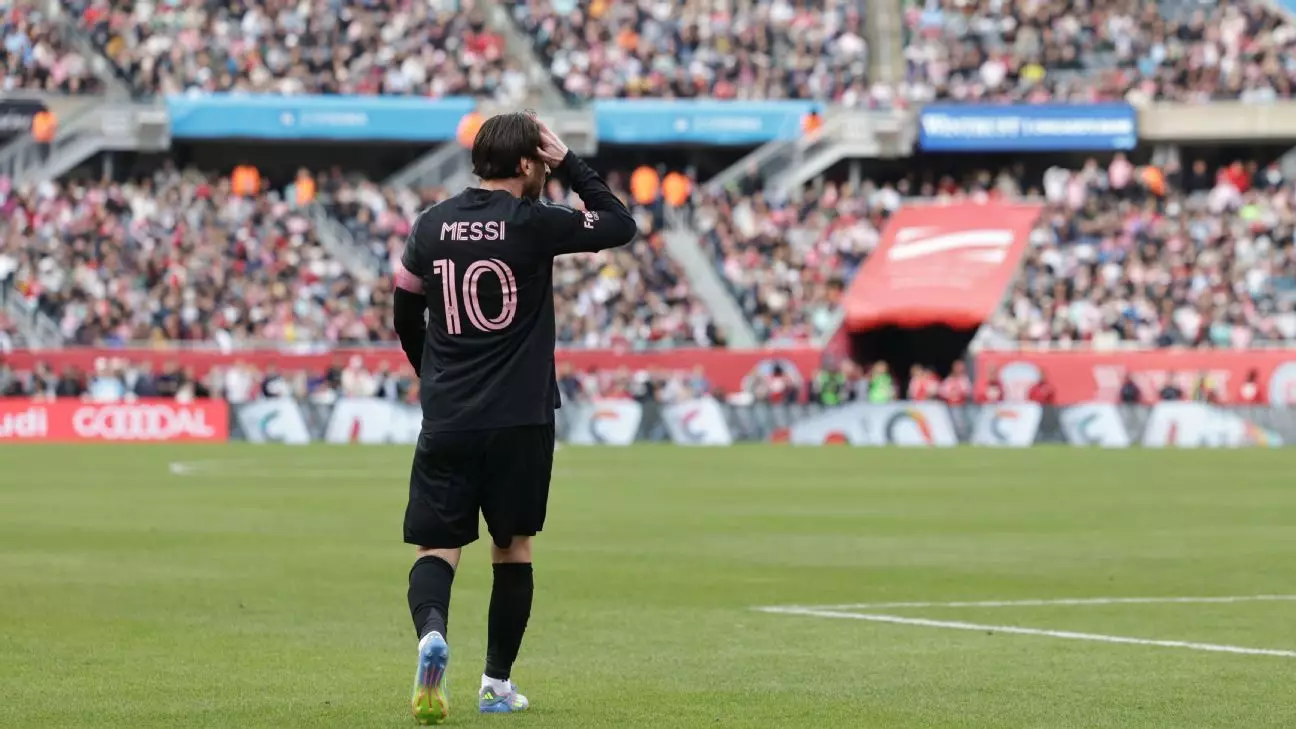In a bold step that promises to reshape the sports landscape of Chicago, the Chicago Fire has announced plans for a state-of-the-art, privately funded soccer-specific stadium. This ambitious initiative, unveiled by chairman and owner Joe Mansueto, comes with a staggering $650 million price tag and aims to open its doors in the spring of 2028. Nestled along the picturesque Chicago River, the proposed 22,000-seat facility is not just a stadium; it is envisioned as a vibrant part of a larger entertainment district that will redefine community engagement in the area.
Mansueto’s vision transcends the traditional notion of a sports venue. He articulates that “a world-class city deserves a world-class football club,” underscoring his commitment not only to the Fire but to the community it serves. This project encompasses more than just a soccer field; it aims to create a lively neighborhood with restaurants, retail spaces, residential buildings, and reimagined green areas benefiting both fans and residents alike.
The Heart of a Neighborhood: Economic and Social Implications
The implications of this venture extend beyond the confines of soccer. By creating an entertainment district, the Chicago Fire is poised to generate thousands of jobs, thereby enhancing the city’s economic prosperity. According to Mansueto, this development will act as the cornerstone for the new 78th neighborhood, making significant contributions to the local economy and fostering a palpable sense of community. The melding of residential and commercial spaces alongside a purpose-built stadium exemplifies a well-thought-out urban strategy that prioritizes connectivity and accessibility.
More than just a sports complex, this stadium aims to be a social hub, encouraging interaction among diverse groups and promoting an inclusive atmosphere. It is about building a brand that resonates not just on matchdays but permeates the everyday lives of Chicagoans.
Game-Changing Infrastructure and Fan Experience
The infrastructure of the new stadium has been meticulously planned with soccer fans in mind. Featuring a natural grass playing surface designed to enhance gameplay, the facility promises to offer an unparalleled experience for both players and spectators. Accessibility has also been prioritized, ensuring that public transportation links are robust enough to handle the increased foot traffic on match days. It’s a recognition that modern stadiums should serve their communities seamlessly and provide ease of access.
MLS Commissioner Don Garber’s comments encapsulate the excitement surrounding this venture: “This is one of the most ambitious stadium projects in Major League Soccer history.” His words highlight the transformative power this initiative holds — not merely for the Chicago Fire but for the entire sports community. The commitment to elevating the soccer experience in one of America’s great cities reflects a broader trend in which MLS franchises are striving to thrive in competitive sports environments.
A Legacy in the Making
Reflecting on the Fire’s current home at Soldier Field, it’s clear that this new venture marks a significant shift in identity and purpose. The relocation from a shared venue to a dedicated soccer stadium symbolizes a new chapter, where fans can revel in a dedicated space solely for soccer passion. The vision laid out by Mansueto promises to invigorate the team’s spirit while embedding itself in the fabric of Chicago culture.
The Chicago Fire’s plans are not just a construction project; they’re a pledge to elevate both a club and a city into a promising future. The fusion of sport, community, and economic revitalization embodies a powerful narrative that inspires hope and enthusiasm. It signals that Chicago is ready to embrace a new legacy for soccer, and perhaps, redefine what it means to be a fan in this vibrant city.

